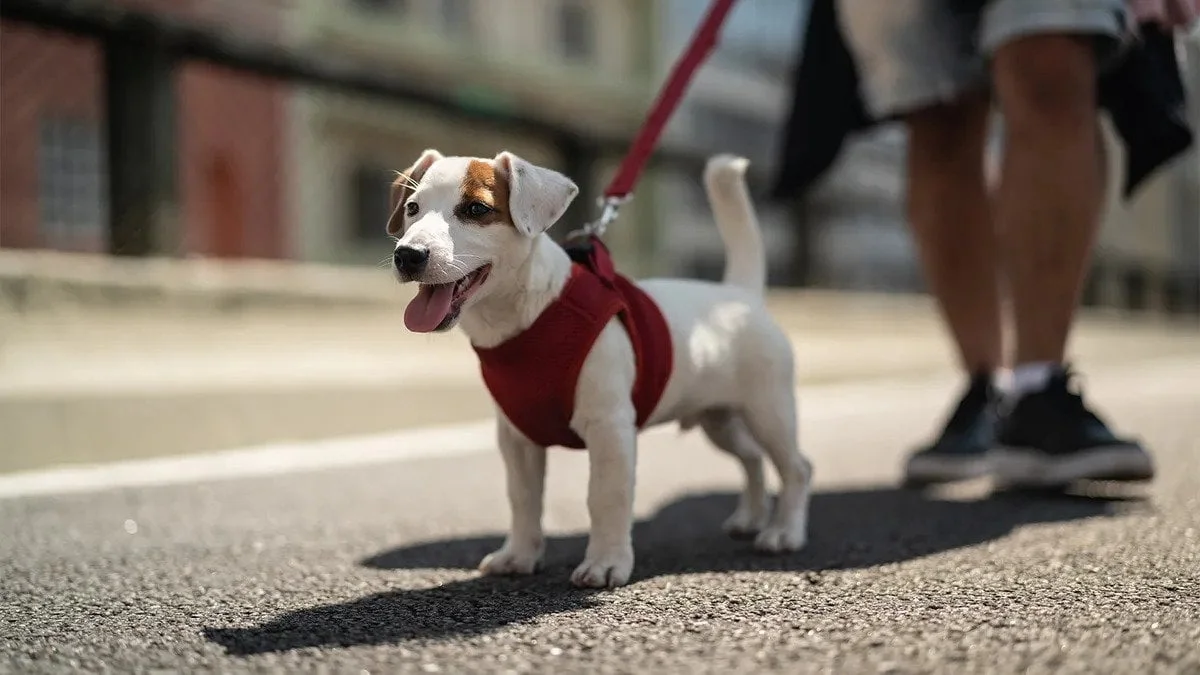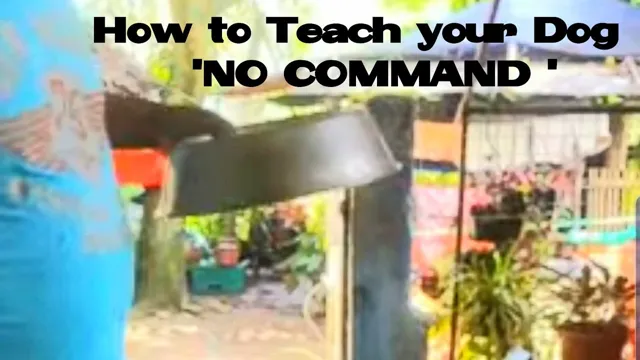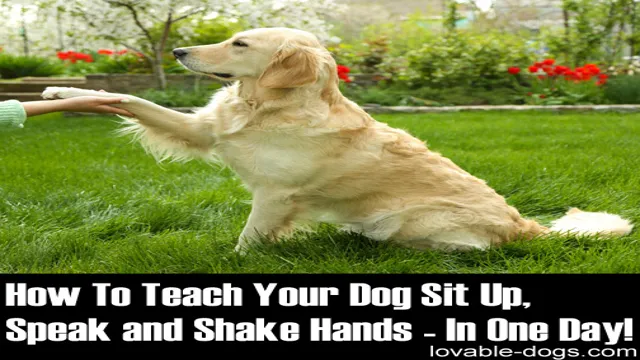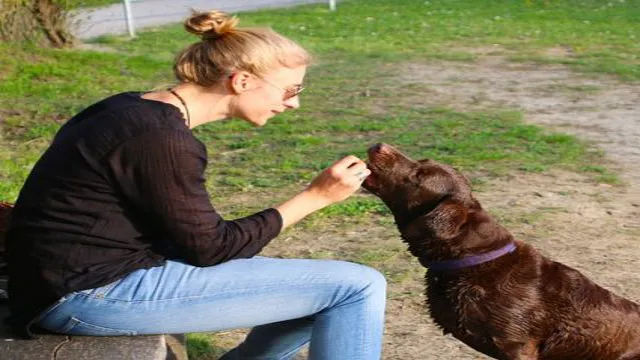How To Keep Your Reactive Dog Calm On A Walk?

If you have a leash-reactive dog, it can feel as though you’re walking beside a ticking time bomb. One moment, your canine is strolling calmly by your side. The next — your dog is lunging at a passer-by, snarling and snapping like a ferocious animal. This behavior is not just frightening, but it can also be dangerous. For example, a reactive dog could:
- Cause you to fall
- Pull you into traffic or other dangerous situations
- Attack and injure a person, another dog, or even injure themselves
- Break loose and run off
- Lunge at a person, causing them to fall
These are just some of the reasons you need to help your dog overcome their reactive behavior while on a walk.
Why Do Dogs Become Leash Reactive?
When you see a reactive dog lunging and snapping at a person or another canine, you may assume that she or he is aggressive or vicious. However, that’s not always true. Many reactive canines are more scared than they are mean. It’s their fear that causes them to go into defensive mode.
Another reason dogs can appear aggressive while leashed? Frustration. Dogs that tend to be highly social want to greet every person and canine they pass, even if the other party has no interest in meeting them. When these dogs are held back, they can become frustrated. They might, for example, turn and attack their own leash or charge recklessly toward the people or dogs they want to greet.
If you have a reactive dog, you’ll want to take the following steps, which should help minimize or even help your dog overcome her or his reactive behavior:
Study Your Dog’s Body Language
Is your dog reactive only to certain triggers? For instance, your pup may walk past most dogs, but suddenly react aggressively toward a certain breed. If so, you’ll need to study your dog’s body language carefully as you approach a possible trigger. Some dogs will slow down and stare intently at an approaching person or canine. Others may suddenly start pulling toward the triggering object. If you notice your dog’s behavior change just before acting out, take note of the trigger, so that you can prepare for future reactions.
Get and Hold Your Dog’s Attention
When you see something that could be a trigger, stop walking and ask your dog for attention by saying her or his name. Once you have her or his full attention, reward your dog with a high value treat and/or praise.
If your dog’s attention waivers, say her or his name again to put the focus on you, rather than on the trigger. Some people will also use a clicker to get a dog’s attention. You will probably want to try this training technique at home before doing it outdoors where there will be more distractions.
Walk in Areas Where You Can Maneuver
When animals are frightened, they will typically have one of two reactions — fight or flight. That’s why you don’t want to put reactive dogs in situations where they feel they are cornered and can’t get away. For example, if you are walking on a crowded sidewalk where you and your dog can’t avoid other people or other canines, you’ll be putting your reactive pet in a situation where she or he believes that fight is the only option, since flight is not possible.
Don’t Punish Your Dog for Growling
Growling is your dog’s way of warning everyone that she or he is not feeling comfortable. So, while it might frighten or embarrass you to hear your dog snarling, you shouldn’t yell at her or him as punishment for this behavior. By doing so, you’ll be teaching your dog that it’s wrong to growl, and this can lead to big issues.
Imagine, for example, that a person is jogging toward you and your dog. In the past, your canine has been fearful of anyone approaching at a fast pace and growled. However, because you’ve taught your pup that growling is bad, she or he now remains silent. Unfortunately, when the person gets closer, your pet suddenly snaps at the jogger out of fear. Some people would claim that your dog made an unprovoked attack. However, your pup probably would have given a warning growl if she or he hadn’t been punished for doing so in the past.
So, what should you do instead? Learn what the triggers are that upset your dog and then spend time working to help you pup feel comfortable around those stressors. If that’s not possible, you’ll need to avoid those triggers or situations as much as possible.
Hire a Trainer
It’s not always easy to train a reactive dog on your own, especially if your canine is bigger and stronger than you are. If you’re having trouble training your dog, you may want to consider hiring a professional trainer. This person will have the experience and knowledge to help your dog overcome her or his reactive behavior. A good trainer will also spend time teaching you how to work with your dog. After all, it won’t help if your dog is great on the leash with your trainer, but a stinker with you.
Stay Alert
When you’re walking a reactive dog, you should always remain on alert for triggers. Even a well-trained dog may react if something startles or frightens her or him. So, stay off your phone, don’t wear headphones or earbuds, and be on the lookout for anything that could cause your pup to react negatively.
Outfit Your Dog Appropriately
It’s important to use the right equipment on your leash-reactive dog. Most trainers recommend that you use a harness, specifically one that clips at the chest rather than a collar. If you require even more control, you may want to try a head halter.
Do not use a retractable leash, which can snap unexpectedly. It’s also easier to lose control of your dog when you use a long, retractable leash. Instead, use a standard five- to six-foot nylon or leather leash. If you believe there is any chance that your dog might bite, have her or him wear a basket muzzle until you’re confident she or he is no longer a danger to others.
You Can Do It!
Imagine walking your dog without having to worry about how she or he will act every time you try to pass another canine. Your outings would be so much more enjoyable and a lot less stressful. It is possible, but it will take time, hard work, patience and consistency to train your reactive dog to walk well on a leash. In the end, it will be well worth your efforts.
AUTHOR BIO: Alec Hutchins is Chief Marketing Officer of Recherche Kennels – Labs, a professional breeding and training facility. Recherche Kennels has over 10 years of experience breeding with top parent bloodlines and training puppies to be the perfect family pet.




